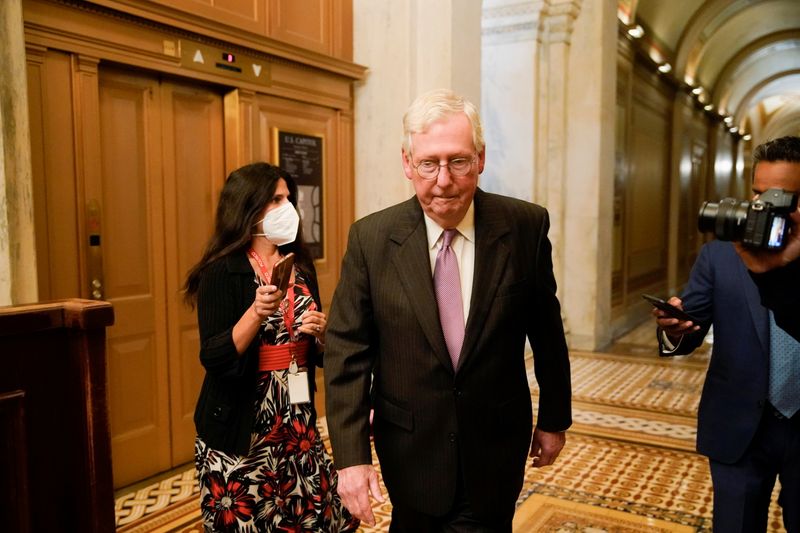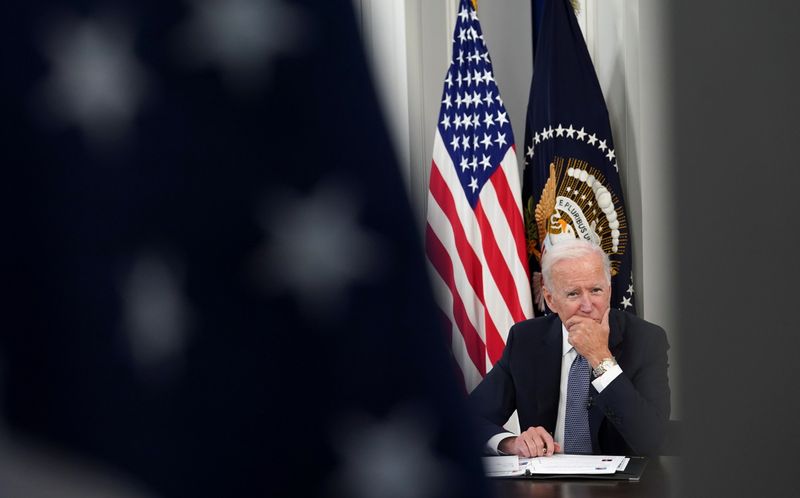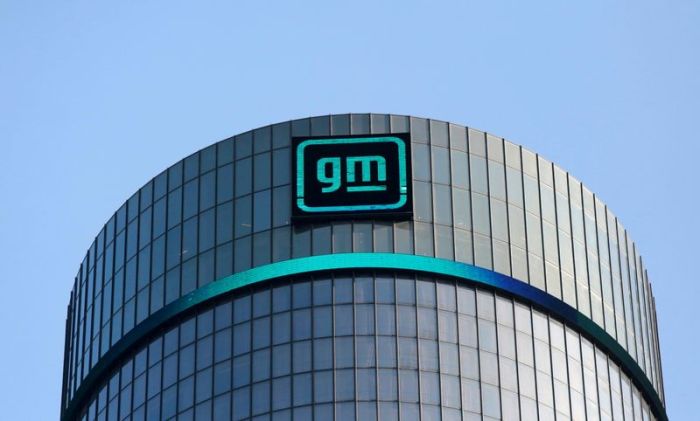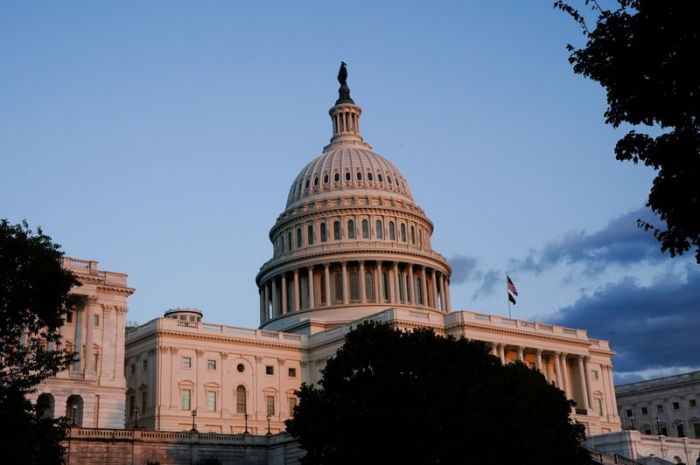(Reuters) – An apparent truce in the U.S. debt-ceiling standoff in Congress has offered some relief to Wall Street investors on edge about a possible debt default, but analysts are left assessing the risk of a repeat crisis as the year closes out.
The heads of major banks and financial institutions warned lawmakers of catastrophe if the debt ceiling was not raised before Oct. 18, the date the government expects to run out of cash, leading to a default on its debt.
A plan floated by U.S. Senate Republican Leader Mitch McConnell on Wednesday would extend the borrowing limit into December — providing respite but no long-term solution.
“There will be many proposals, trial balloons and negotiations going on to resolve this issue,” said S&P Global Ratings’ lead U.S. sovereign credit analyst Joydeep Mukherji in an email on Wednesday, adding that S&P’s view on the U.S. underlying credit rating has not changed.
Mukherji in a recent interview said the scenario of the AA-plus U.S. credit rating plummeting to D due to a default was “crazy, almost difficult, impossible to imagine it.”
Markets reacted positively to news of a potential, though temporary solution on Wednesday, with stocks rising and Treasury yields falling.
“Two months seems like plenty of time and (we) think the debt ceiling would be raised through reconciliation by then and do not expect to experience the past week come December,” NatWest analysts wrote in a research note on Wednesday.
Republicans said Democrats could use the intervening weeks to pass a longer debt-ceiling extension through a complex process called reconciliation, which would allow Democrats to marshal their razor-thin majority in the Senate to approve the measure without any Republican support.
Goldman Sachs analysts wrote on Wednesday that the ultimate outcome may be “what had seemed like the most likely outcome all along, which is that Democrats use the reconciliation process to increase the debt limit just before the deadline” after exhausting all other options.
Even so, there are serious risks for President Joe Biden and his fellow Democrats.
Under the temporary extension plan, Democrats would have to address the debt ceiling issue again in December, just as another federal government shutdown looms. That could complicate their efforts to pass two massive spending bills that make up much of Biden’s domestic agenda.
Mike O’Rourke, chief market strategist at JonesTrading, wrote in a note to clients that he expected McConnell to “continue to grant limited debt limit extensions right through the (2022) mid-term elections if the lack of urgency continues to slow the Democrats’ reconciliation spending bill.”
STAKES HIGH
The stakes are high if a solution is not reached.
Financial risk firm Moody’s Analytics, which is a separate entity from Moody’s Investors Service, said a default would be a “catastrophic blow” to the U.S. economic recovery from the COVID-19 pandemic and upend global financial markets.
Moody’s Analytics noted that an inadvertent missed Treasury bill payment in 1979 caused bill yields to spike 60 basis points and remain elevated for several months at the cost of tens of billions of dollars. The 1979 technical default https://www.reuters.com/article/usa-debt-default/factbox-the-day-the-u-s-defaulted-idUSN1E76A0XA20110711 was blamed on check-processing glitches.
The major credit rating agencies do not expect the U.S. will default. Still, Mukherji and his counterpart at Fitch Ratings in recent research and interviews said a default, including a temporary or so-called technical one, on any Treasury bill, note or bond payment would push the country’s respective ratings of AA-plus and AAA down to D.
Moody’s Investors Service, which rates the U.S. Aaa with a stable outlook, said it saw a “limited” impact on the country’s rating in the case of a default and would likely downgrade the rating for all U.S. Treasury securities and keep it on review until it was clear “a cure would happen.”
Even without a default, if a solution is not in hand to avoid a cash crunch the United States risks losing another of its triple-A ratings. S&P famously cut the rating a notch to AA-plus on Aug. 5, 2011, in the wake of a round of political wrangling over the country’s debt.
Major financial institutions have considered the United States an AA-plus-rated credit since October 2020, down from AAA where it stood since 2017, according to David Carruthers, head of research at Credit Benchmark, a financial data and analytics company that collates the internal credit risk views of more than 40 institutions around the world, including 15 global systemically important banks.
Mukherji in an interview last week said that a U.S. default on a debt payment would be highly unusual as it would be a result of politics and not economic woes. Still, at the end of the day it’s the same thing.
“If you don’t pay, it really doesn’t matter what the reason was — you are in default.”
(Reporting by Karen Pierog; editing by Megan Davies and Leslie Adler)



















